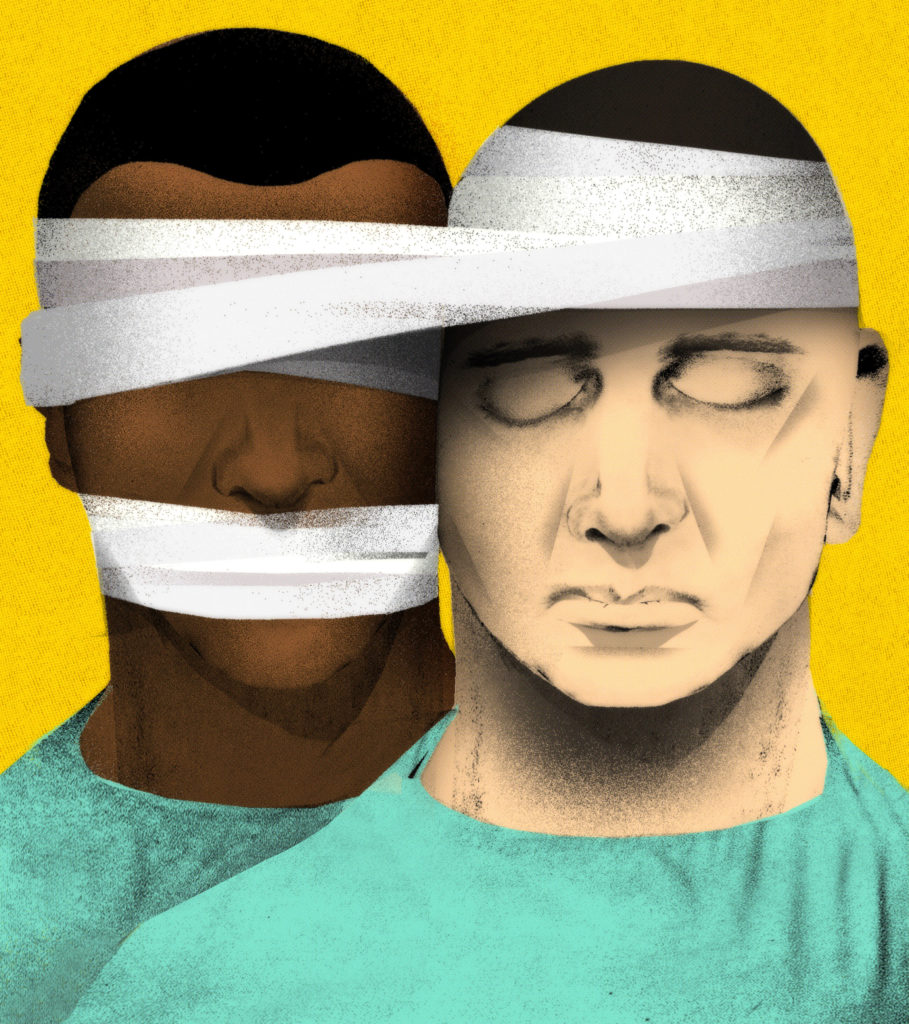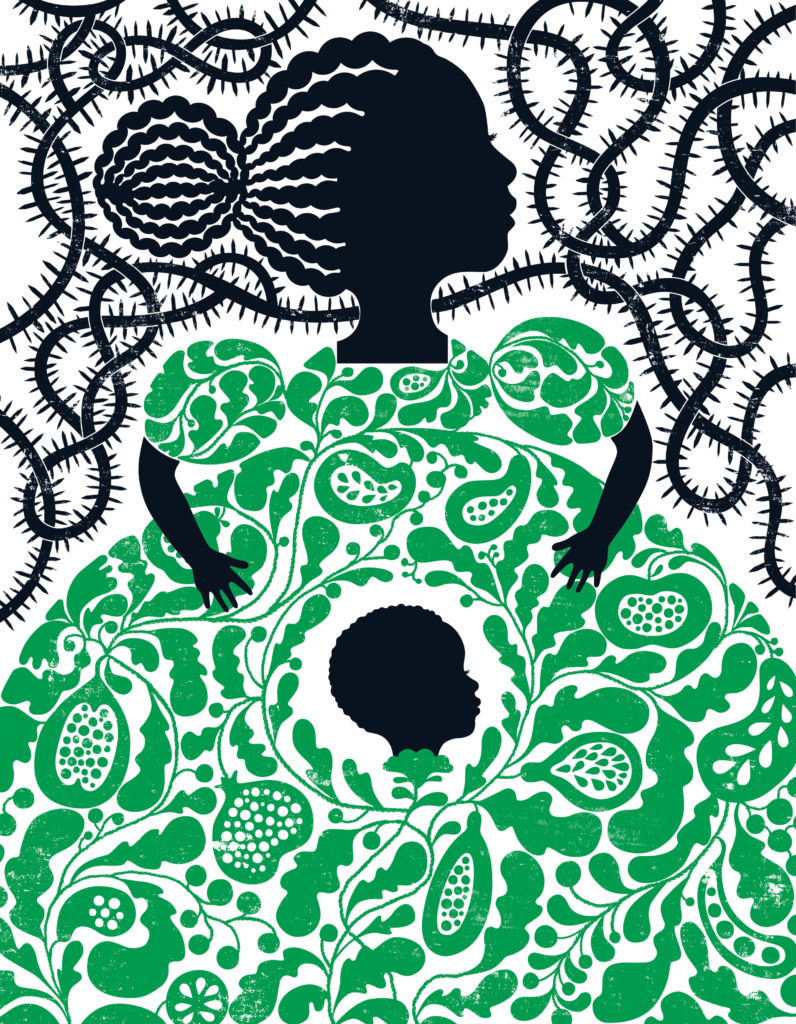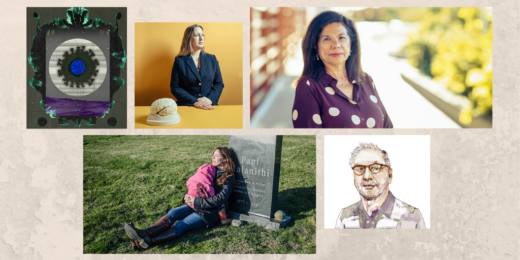In its new issue, "Closing the gap: Addressing racial inequity in medicine," Stanford Medicine magazine explores the history of racism in medicine, the resulting legacy of lost trust that permeates health care, and what steps Stanford Medicine leaders, researchers and health care providers are taking to counter the impact of systemic racism on health.

In the story "Unequal treatment," Megan Mahoney, MD, Stanford Health Care's chief of staff, and other experts and researchers discuss how considering race can undermine care for everyone.
In an accompanying video, Mahoney draws on her experience as a biracial physician to discuss why clinicians should stop using racial classifications to guide care.
Also, attributing disease risk to race, genetics or biology fails to consider the context and contributing factors of disease, such as social and environmental factors, Stanford researchers say in the issue.
"The best predictor of a person's health is still a 58-year-old postal service innovation: the ZIP code," Lloyd Minor, MD, dean of the Stanford University School of Medicine, says in a letter to readers.
Minor notes the urgency of making social determinants -- and systemic racism -- a research priority and enhancing efforts to recruit, train and support a more diverse workforce for careers in health care and biomedical education.
The issue also includes:
• "Righting decades of wrong": A sampler of projects aimed at countering racial inequity and medical mistrust.
• "It's not rocket science -- it's harder": A new Stanford Medicine Commission on Justice and Equity launched to dismantle systemic racism and discrimination against marginalized groups.
"After the George Floyd murder, our Stanford Medicine community came together to declare 'enough is enough.' We pledged that Stanford Medicine will no longer remain silent," Terrance Mayes, EdD, associate dean of equity and strategic initiatives and executive director of the commission says in the article. "We will do everything we can to effect meaningful change."

• "Childbirth's unequal burden": Stanford-led efforts to end life-threatening racism in maternal care. An accompanying story, "Infants at risk" tracks how racial inequities in neonatal and follow-up care can affect vulnerable babies for years.
• "Broken trust: A history of atrocities": An online-only Q&A with Italo Brown, MD, clinical assistant professor of emergency medicine, on the ways systemic racism has led to Black people's medical mistrust and his ideas for building their confidence in doctors.
• "It makes you a little proud to be a human": Rather than count losses brought on by a multiple sclerosis diagnosis, Eric Sibley, MD, PhD, has continued to break new ground in research, provide compassionate care to patients and champion diversity.
• "A voice for the incarcerated": A conversation with prison reformer and author Shaka Senghor about finding redemption after 19 years in prison.
Among other articles in the issue, a medical student relates how stories about the women in her indigenous Mixtec family inspired her to persevere in college; a professor of medicine writes about memories of his family and growing up, including how a shared meal of barbecue woke his father from the fog of dementia; and a cancer researcher explains why he and his colleagues are optimistic they can prevent basal cell carcinomas from dodging a new treatment.
You can read the full magazine here.
Top image by Brian Stauffer






